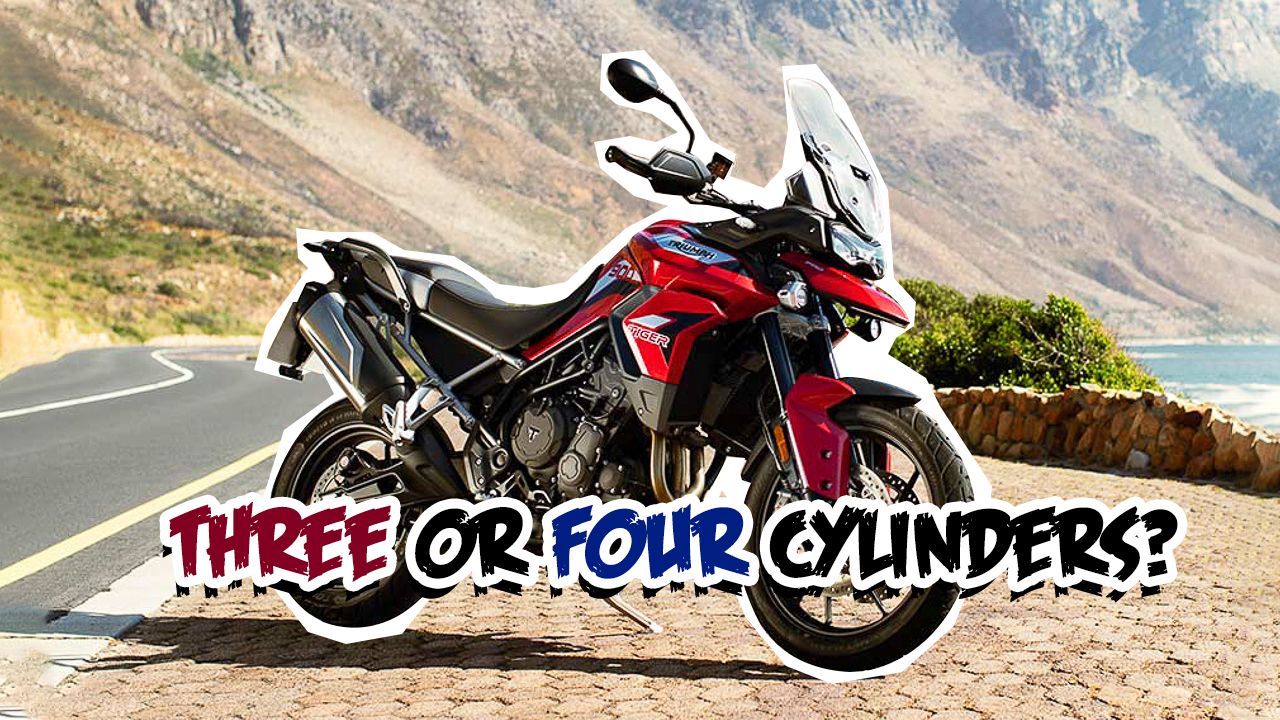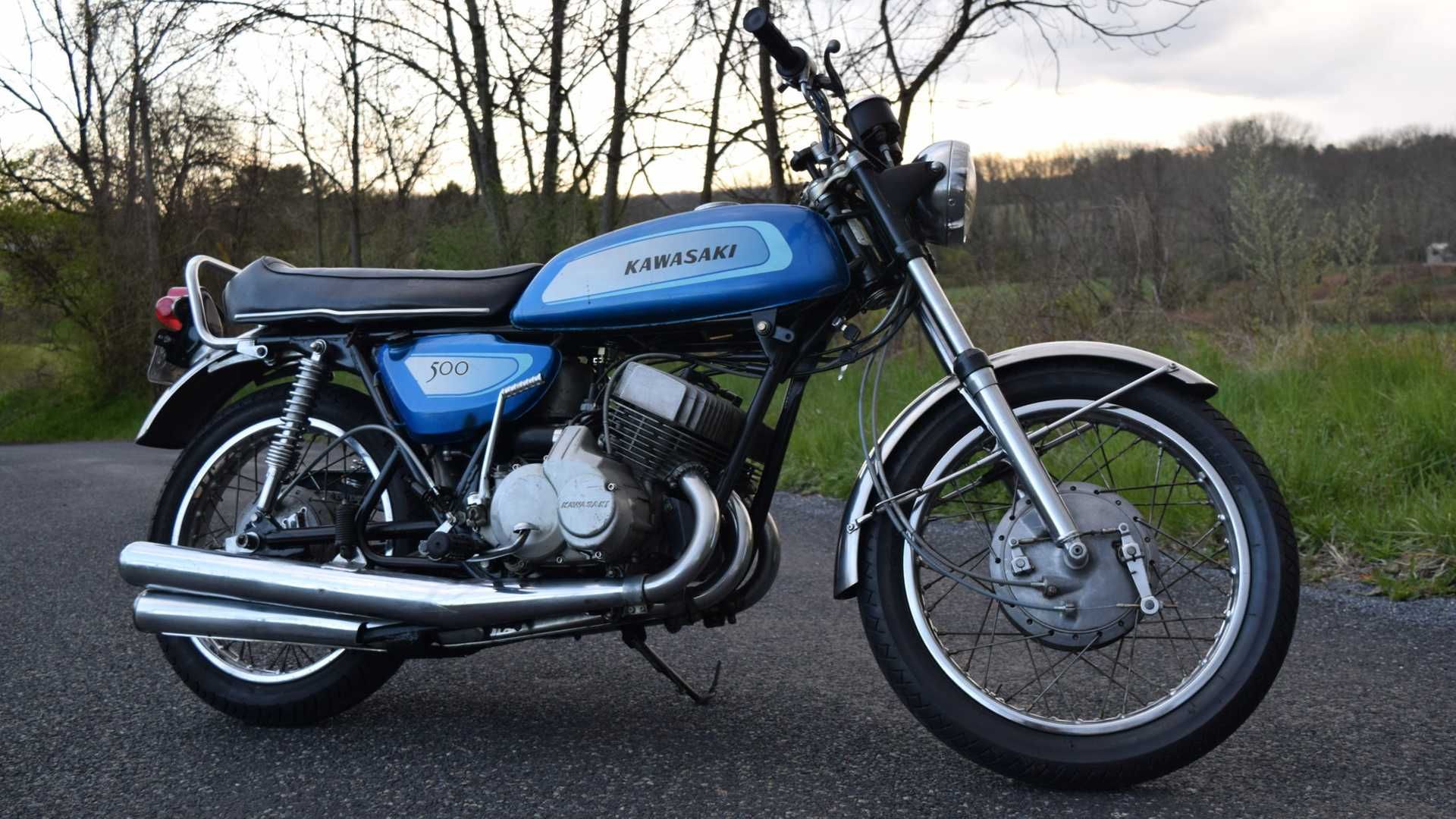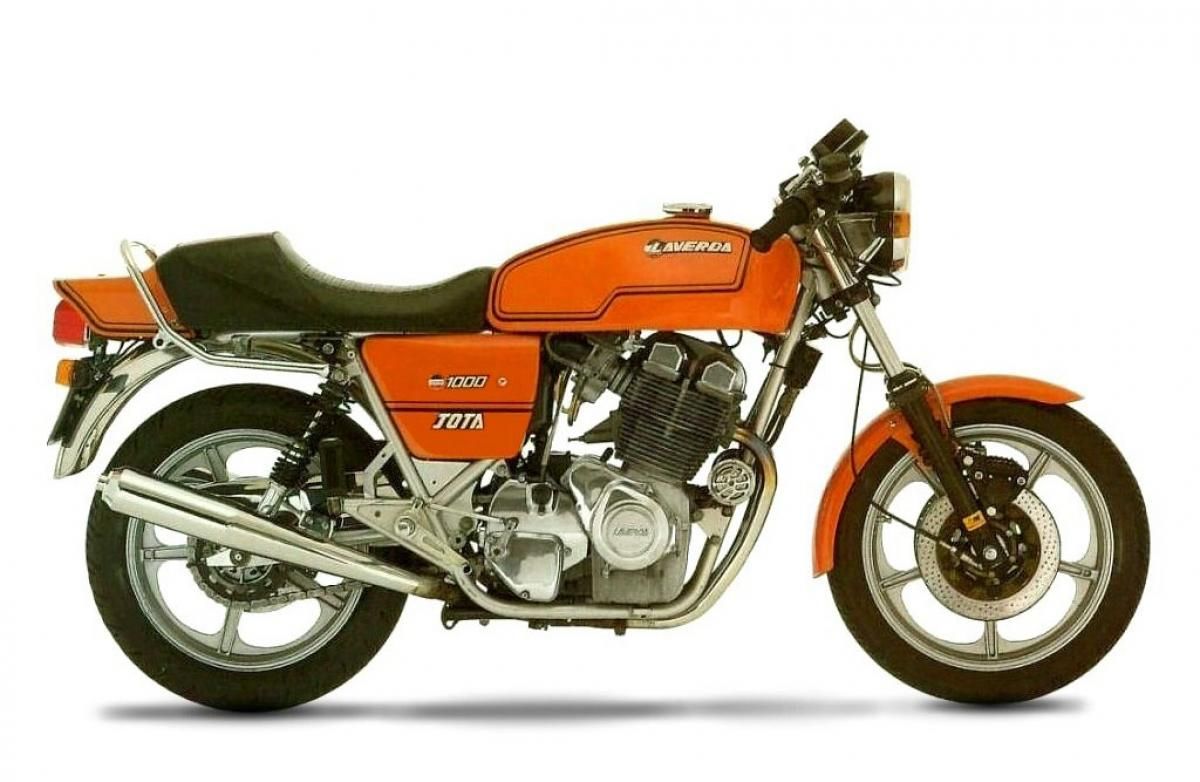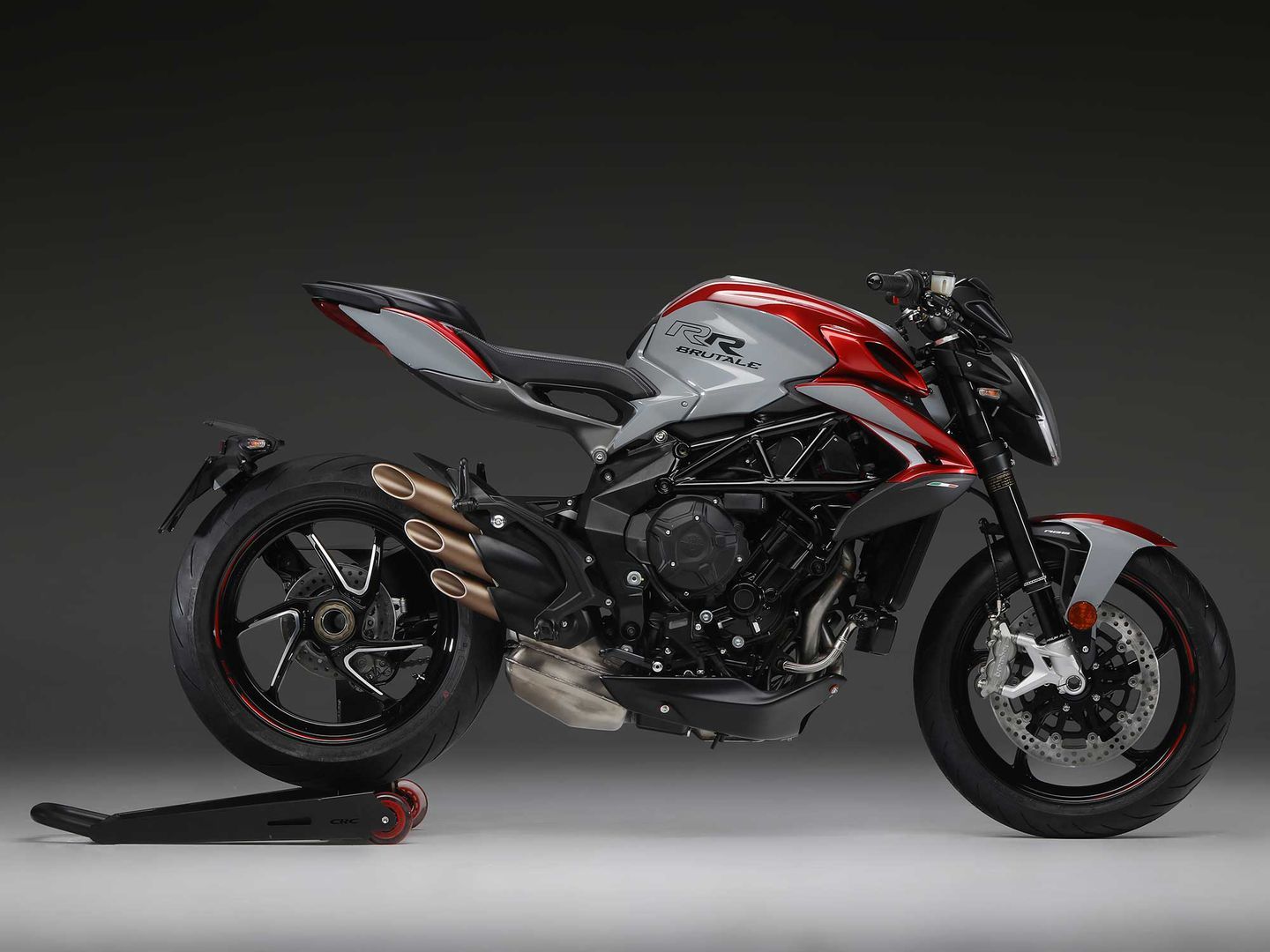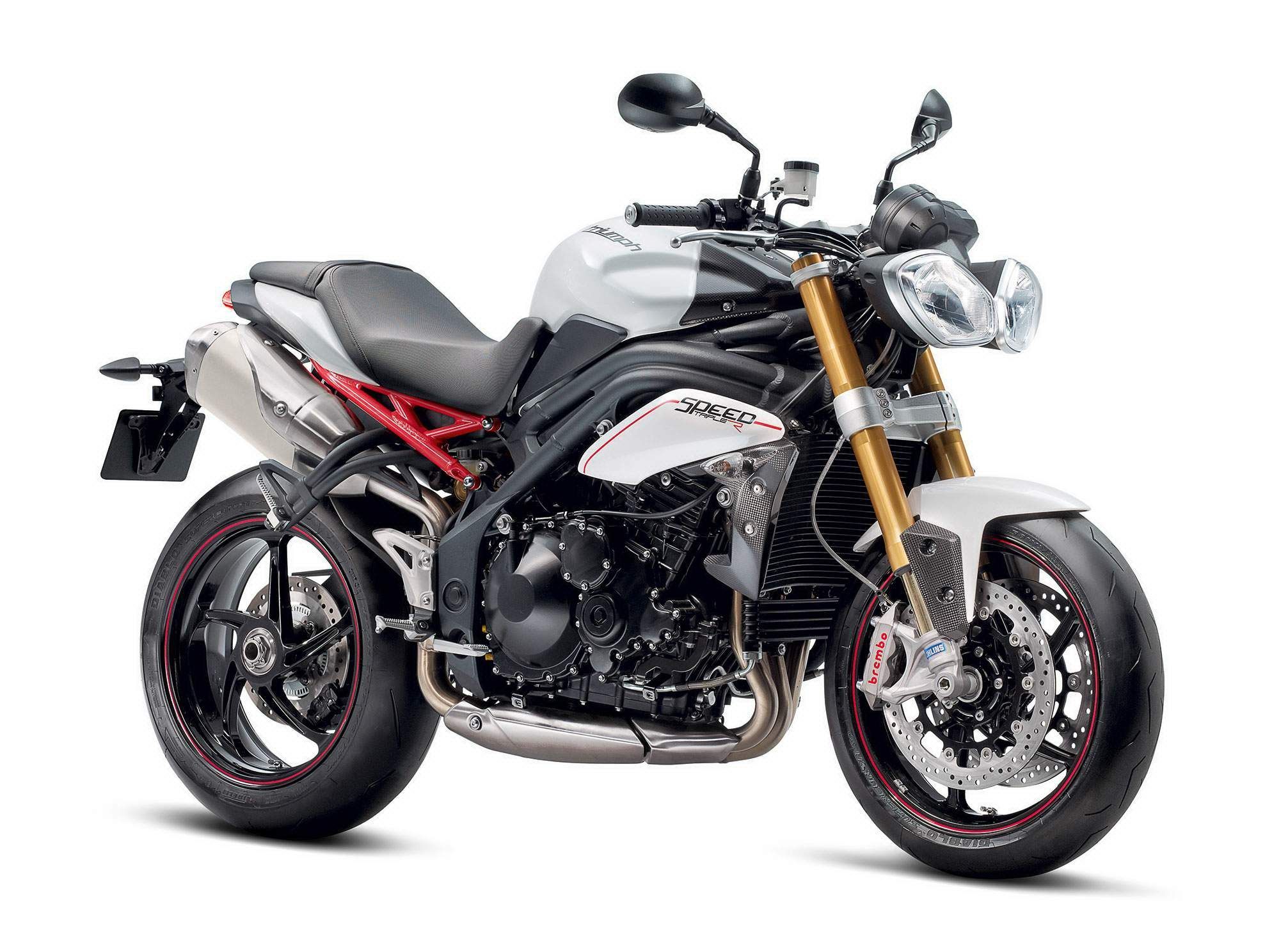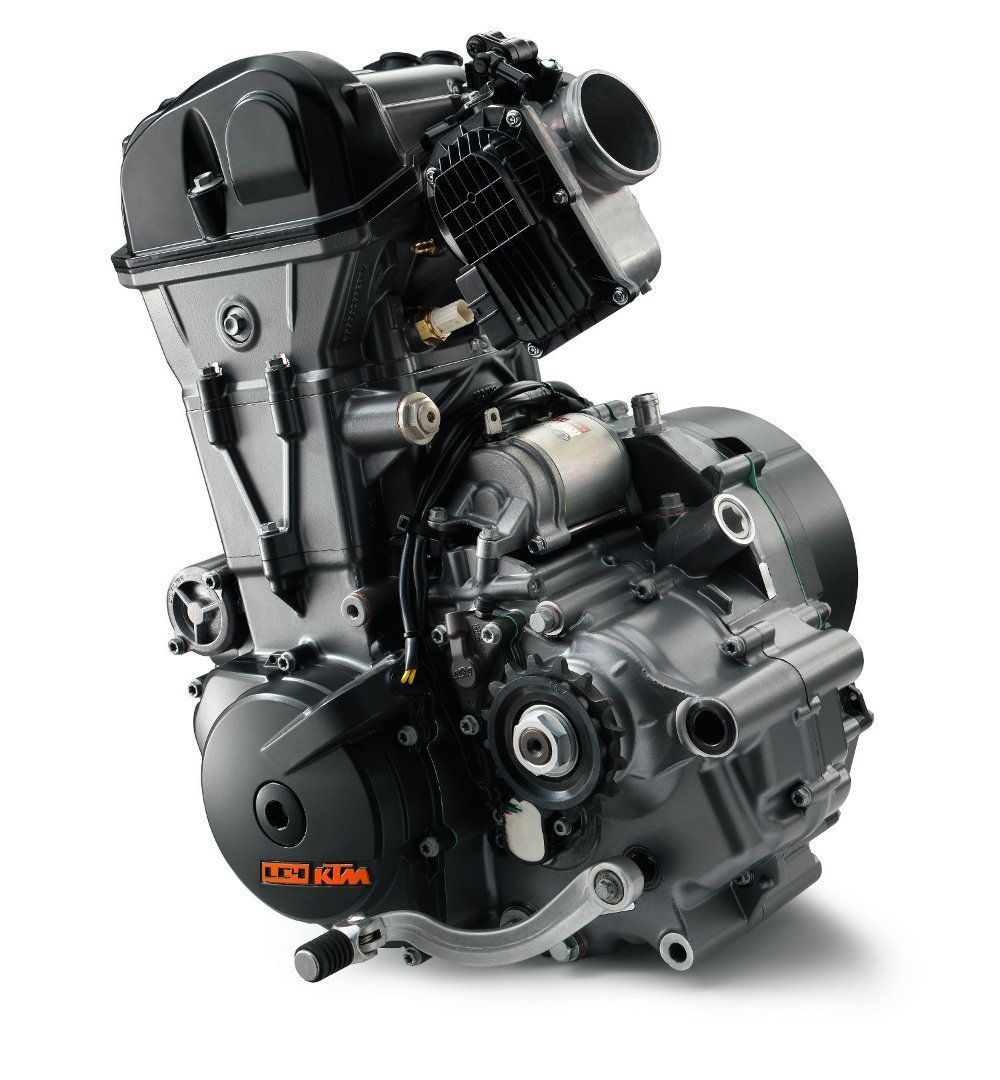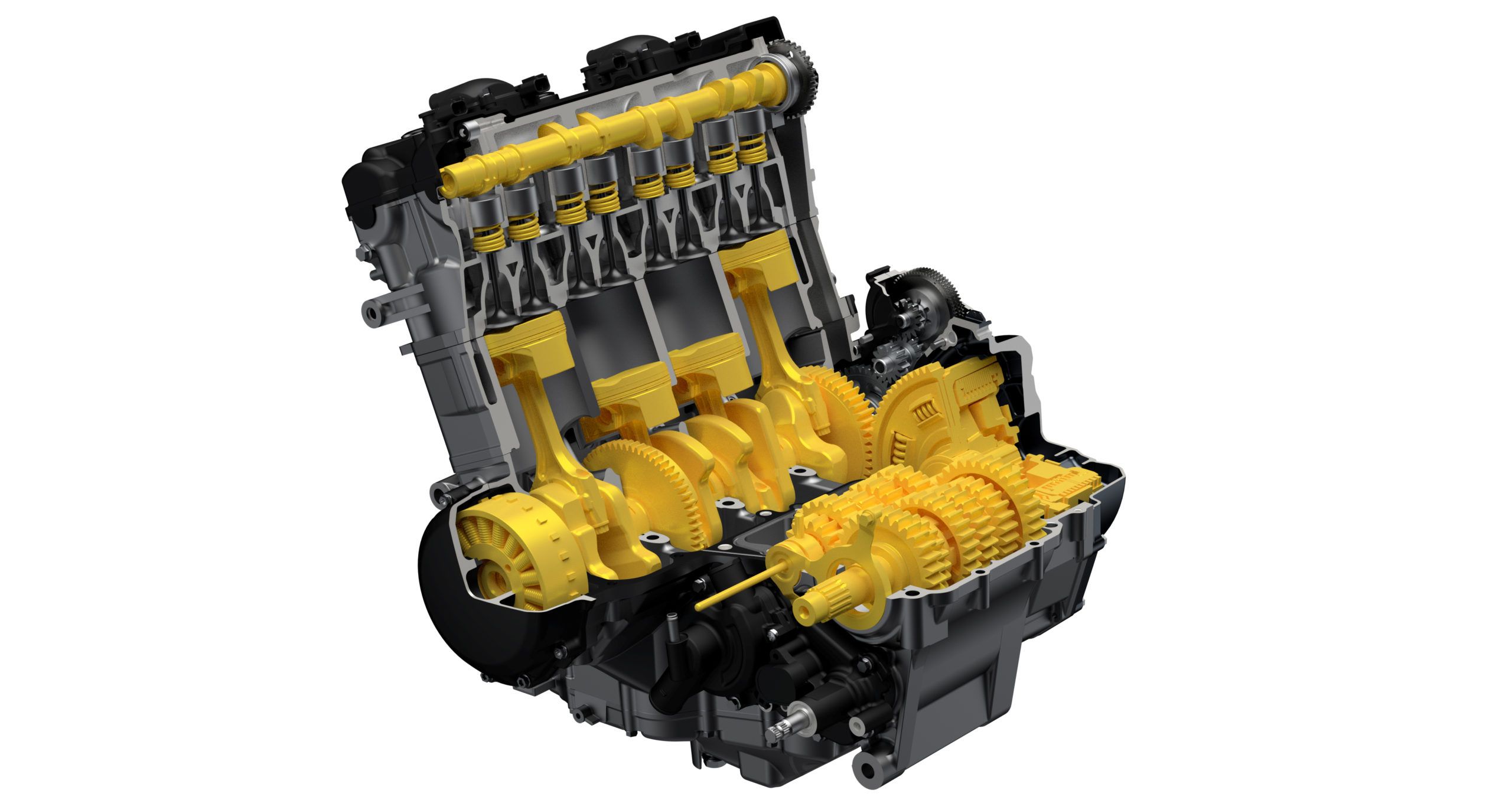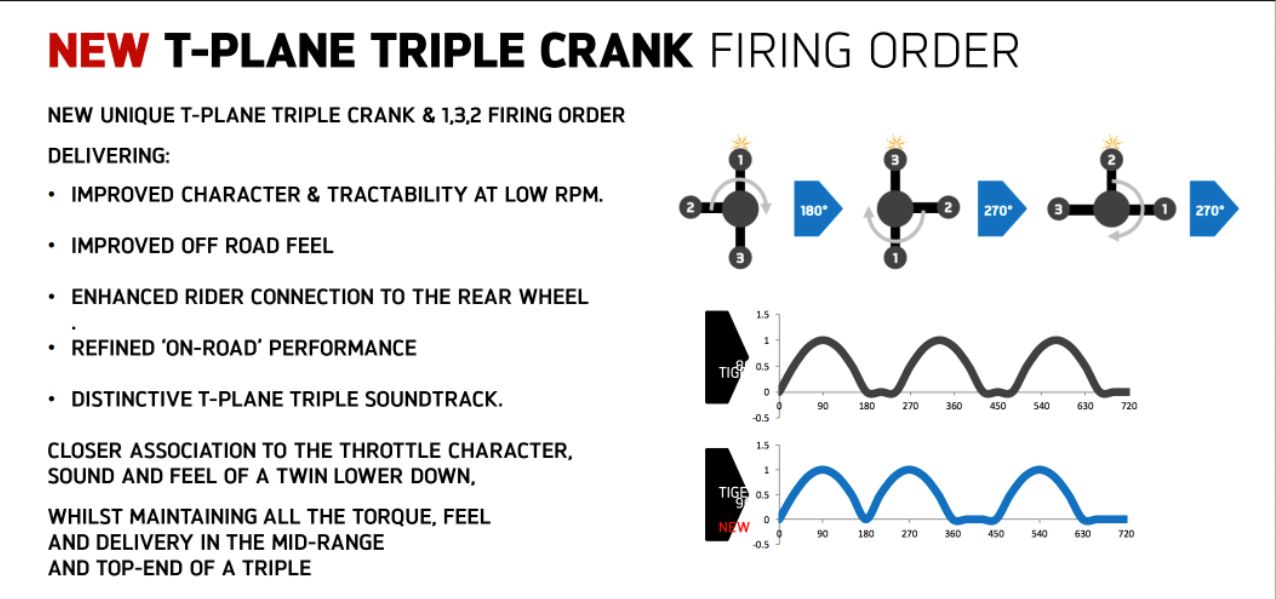Three cylinders or four? There are arguments for both but one configuration has the best of both worlds.
Three or Four Cylinders on my Motorbike?
Scratch any motorcyclist and you'll find indelible opinions about anything to do with riding bikes: sports bikes are best: no, it's an adventure bike you want: no, you want something small and nimble, and so on.
There is no aspect of motorcycling that doesn't have its adherents and that also extends to what engine is fitted.
For some, only a v-twin will do. For others, you can't beat an inline four. Still others swear by a flat twin. Are any of them right? Rather look at it this way: are any of them wrong?
Up to the end of the 1960s, single cylinder or twin cylinder engines were your choice. Then the Japanese came along with the inline four and motorcycling would never be the same again.
However, at the same time, Triumph and BSA introduced an inline three-cylinder engine, or triple as it became known. This flew in the face of what the Japanese were largely doing but it made sense for the British as it was effectively one and a half Triumph parallel twin engines. Triumph even experimented with an inline four cylinder but only one prototype, called the Quadrant, was built.
The inline four was the configuration that took hold of the public's imagination but that doesn't mean to say that the triple was forgotten. The Triumph Trident and BSA Rocket 3 were joined in 1969 by one of the most infamous bikes of the time, the Kawasaki Mach 3. This two stroke screamer was built with power-hungry Americans in mind and was killer in the street drag race.
Unfortunately, it was also a killer in the literal sense. In typical Japanese fashion, they had concentrated on engine power and forgotten to make a frame that could handle the power. It was blisteringly fast in a straight line but deadly in the corners, as the chassis flexed and the drinking-straw front forks bent like reeds in the wind.
But it was memorable, pretty much like any triple ever built. In the 1970s, there was not only the Kawasaki, but the Yamaha XS750 and the exotic Laverda Jota. Don't forget that MV Agusta had dominated GP racing for so long with its 500cc three-cylinder engine but chose to make its road bikes four-cylinders. It was only much later that MV Agusta turned once again to the triple for a fantastic line-up of sports and naked sports bikes.
Triumph, in its resurrected form, chose the three-cylinder engine as its signature, at least until the reborn Bonneville appeared with a facsimile of the original parallel twin. Triumph did originally have a four-cylinder engine but that faded away as the popularity of the triple swept all before it. And there it has remained, powering models from the Tiger adventure models to the touring Trophy touring models, to the monstrous Rocket 3, with its longitudinal, 2.5 litre three-cylinder engine and back to the sporty Speed and Street Triple models.
Triumph even developed a racing triple which is the standard engine for the Moto2 championship.
But still the Japanese stick to the tried and trusted inline four, with the exception of Yamaha, who have found such success with the MT-09, powered by an 889cc triple.
So, which is better: an inline triple or an inline four?
Strictly speaking, neither is better than the other. But a triple-cylinder engine does offer the best of both a twin-cylinder - whether parallel, flat or V - and an inline four.
You see, an inline four will rev higher than a triple or twin and makes most of its power higher in the rev range. Correspondingly, it suffers from a lack of low down torque. For sports bikes, this is fine but it's also the reason why you don't see any four-cylinder adventure bikes.
A twin cylinder engine produces much more torque low down in the rev range but can't rev as high as a four cylinder. Which is fine, as not everyone wants a bike that will scream to 15,000rpm.
What this low down torque does mean is that the engine is suitable for plugging across rough ground or through mud or sand and, therefore, good for adventure bikes. Think about it: every adventure bike worth its salt is either v-twin, boxer twin or parallel twin.
And that leads us to the triple. The triple can have both the rev-hungry attitude of the inline four and the lugging power of the twin. In addition, it is narrower than a four (while obviously being wider than a twin).
Triumph recently altered the piston firing order of its triple cylinder engine for use in the Tiger range. From firing 1,2,3, Triumph changed it to 1,3,2 and changed the crankpin offset so that, when viewed end-on, it resembled a 'T', hence the name T-plane crank. This enhances both the low-down pulling power and its ability to rev higher.
There is one further characteristic of the triple: the exhaust note. A triple has an off-beat sound to it, a sort of gruff rumble, that is half way between the smooth sound of a four and the lumpy beat of a twin: it's a distinctive sound that can't be confused with anything else.
So, at the end of the day, what it all comes down to is what do you want your motorcycle to be? High-revving and screaming everywhere or more relaxed and growly? What are you doing with it? If you are adventure riding, you only have a choice between twins and triples. If you want performance the choice changes to triples and fours. From that, maybe the triple is the all-round, best of both worlds.

